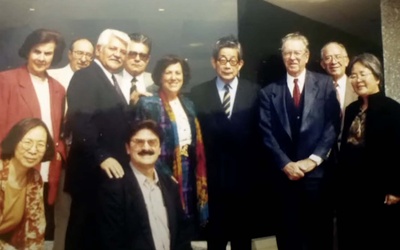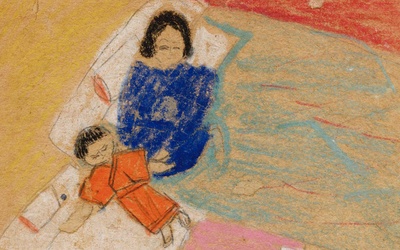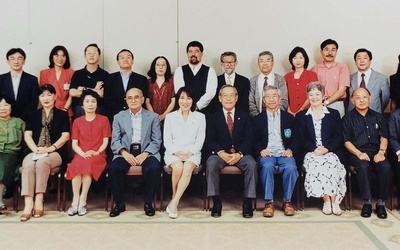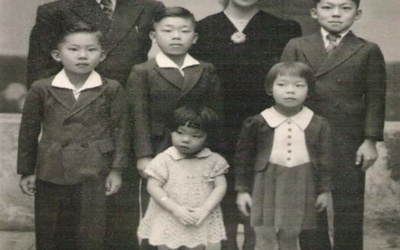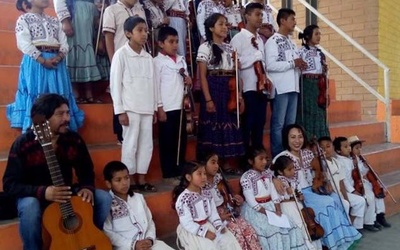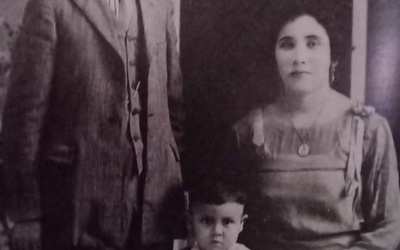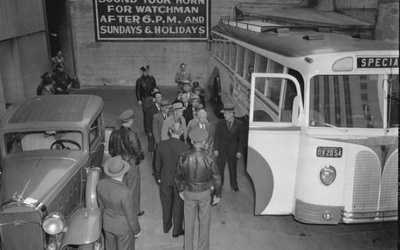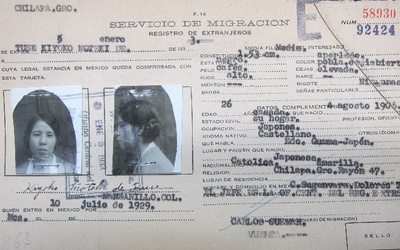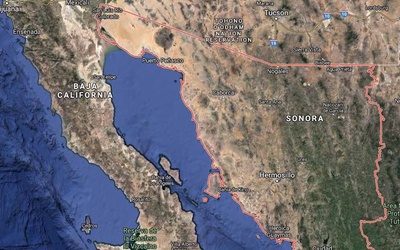
Sergio Hernández Galindo
@sergiohernandezSergio Hernández Galindo is a graduate of Colegio de México, where he majored in Japanese studies. He has published numerous articles and books about Japanese emigration to Mexico and elsewhere in Latin America.
His most recent book, Los que vinieron de Nagano. Una migración japonesa a México (Those who came from Nagano: A Japanese migration to Mexico, 2015) tells the stories of emigrants from that prefecture before and after the war. In his well-known book, La guerra contra los japoneses en México. Kiso Tsuru y Masao Imuro, migrantes vigilados (The war against Japanese people in Mexico: Kiso Tsuro and Masao Imuro, migrants under surveillance), he explained the consequences of conflict between the United States and Japan for the Japanese community decades before the attack on Pearl Harbor in 1941.
He has taught classes and led conferences on this topic at universities in Italy, Chile, Peru, and Argentina as well as Japan, where he was part of the group of foreign specialists in the Kanagawa Prefecture and a fellow of the Japan Foundation, affiliated with Yokohama National University. He is currently a professor and researcher with the Historical Studies Unit of Mexico’s National Institute of Anthropology and History.
Updated April 2016
Stories from This Author
Michiko Tanaka — Part 2: 50 years as a teacher at El Colegio de México
Aug. 4, 2023 • Sergio Hernández Galindo
Read part 1 >> Upon finishing their undergraduate studies in the Soviet Union, Michiko and Américo had to decide their immediate future. Their daughter Emiko had already been born and they needed to find a stable job. Michiko did not dislike going to Mexico because she had met a large group of Mexican students with whom she lived and established a good friendship. Faced with this dilemma, they considered that the most convenient thing would be to settle in Mexico …
Michiko Tanaka — Part 1: From the refuge in the mountains of Kyushu to El Colegio de México
Aug. 3, 2023 • Sergio Hernández Galindo
Michiko Tanaka was born in the middle of the Pacific War, in April 1943 in the city of Tokyo. During that year, North American naval forces had already taken the offensive by winning the Battle of Midway and managed to expel the Japanese army from the Island of Guadalcanal in the South Pacific. From that moment on, the advance of the North American forces would be unstoppable until August 1945 when they entered Tokyo Bay victoriously. The Japanese people, although …
María Elena Ota Mishima: from forced concentration to El Colegio de México
May 5, 2023 • Sergio Hernández Galindo
María Elena Ota Mishima was the most important scholar of Japanese immigration in Mexico. His book “ Seven Japanese migrations in Mexico. 1890-1978 ” 1 revealed the long march that Japanese immigrants had to travel to arrive and settle in that country. The study also made a methodological contribution to migration studies by classifying immigrants according to the way in which they entered Mexico, whether as settlers, under contract, freely, professionals or as guests of their countrymen who were already …
Katase Tanaka Family: Returning to Sonora After the Concentration of the Great War
Feb. 1, 2023 • Sergio Hernández Galindo
At the start of 1942, Japanese immigrant communities living in diverse areas of North America started to live days of torment. The attack on Pearl Harbor by Japanese forces in December of 1941 not only unleashed war between Japan and the United States but also meant the beginning of a life filled with persecution and seclusion of Japanese immigrants and their families. The United States government believed that the community of Japanese immigrants that had lived for more than forty …
125 Years after the First Japanese Immigration to Mexico: The Soul of Relations between Mexico and Japan - Part 3
Oct. 13, 2022 • Sergio Hernández Galindo
Read Part 2 >> Japanese Immigrant Communities in the Era of Globalization The waves of immigration during the last third of the 20th century and the first two decades of the present century were driven by an intense exchange between Japan and Mexico in the areas of business and education. As mentioned, Japanese investment was the great driver of the flow of migrants during that period. It is also important to note that Japanese cultural industries began to develop a …
125 Years after the First Japanese Immigration to Mexico: The Soul of Relations between Mexico and Japan - Part 2
Oct. 6, 2022 • Sergio Hernández Galindo
Read Part 1 >> From the End of World War II to the Founding of the Japanese-Mexican School in 1977 The renewal of relations between Mexico and Japan in 1952 after 10 years gave way to a new wave of immigrants from Japan. Children of immigrants born in Mexico who had been trapped in Japan during the war returned, while new immigrants invited by relatives or friends went in search of a better future, given the almost total destruction of …
125 Years after the First Japanese Immigration to Mexico: The Soul of Relations between Mexico and Japan - Part 1
Sept. 29, 2022 • Sergio Hernández Galindo
From the 1897 Opening to the War of the Pacific The start of diplomatic relations between Mexico and Japan in 1888 enabled the first waves of Japanese workers to arrive in Mexico, beginning in 1897. Over the past 125 years, since the first 34 workers were brought to Chiapas to help develop a coffee plantation, the path of migration has been paved with enormous difficulties. It’s impossible to encapsulate the history of these immigrants, through the fifth and sixth generations, …
Takeshi Morita: A Mexican Fisherman Imprisoned in U.S. concentration camps
Jan. 21, 2022 • Sergio Hernández Galindo , Kiyoko Nishikawa Aceves
The Japanese attack on the U.S. fleet in Hawaii on December 7, 1941 triggered war between the two countries. On this side of the Pacific, throughout the entire continent, that date also marked the beginning of a peculiar war against hundreds of thousands of Japanese immigrants living in numerous countries, who were promptly accused of being “foreign enemies.” In the United States, on the eve of that fateful day, Japanese Americans were preparing for the upcoming Christmas and New Year …
Juan Guillermo Fuse: An example of the unfair concentration for the Japanese in Mexico
Sept. 29, 2021 • Sergio Hernández Galindo , Araceli Wences Rangel
Many Japanese who emigrated to Mexico in the first half of the 20th century decided not only to settle in this country, they also acquired Mexican nationality. Juan Guillermo Fuse was one of them who considered “Mexico as his homeland” and brought his wife Kiyoko, from the same town where he was born, in the Gunma prefecture, with whom he had three Mexican daughters. When the war between the United States and Japan began in December 1941, persecution broke out …
René Tanaka - Part 2: Ures' transfer to Mexico City
July 14, 2021 • Sergio Hernández Galindo
Read part 1 >> The Mexican authorities ordered all families of Japanese origin to immediately move to the cities of Guadalajara and Mexico with the purpose of being concentrated and closely monitored. Without understanding why he had to leave his home, abandon his school and get away from his friends, René headed to Guadalajara in the company of his parents in the first days of January 1942. The concentration order represented for René Tanaka not only a change of place …

